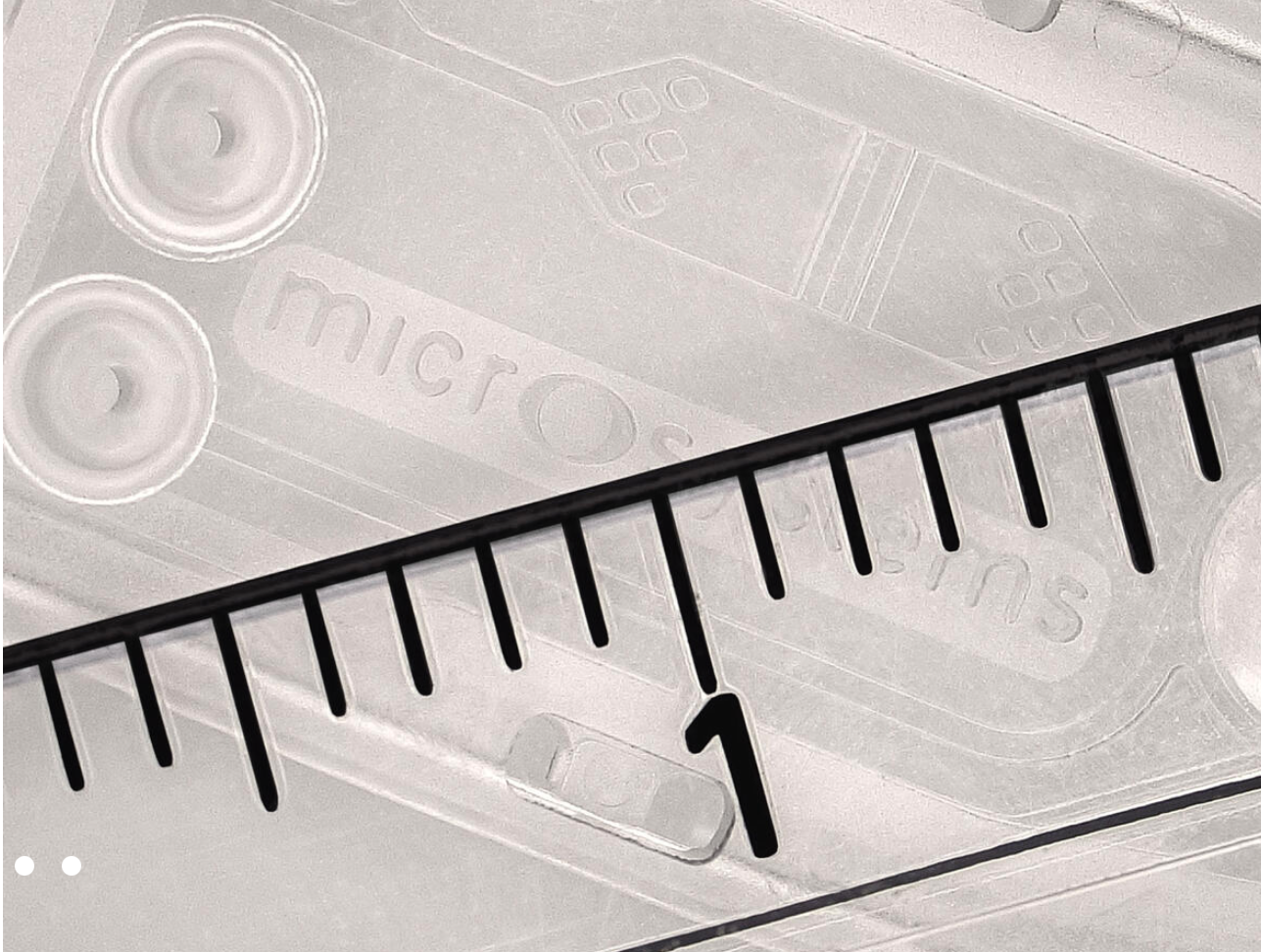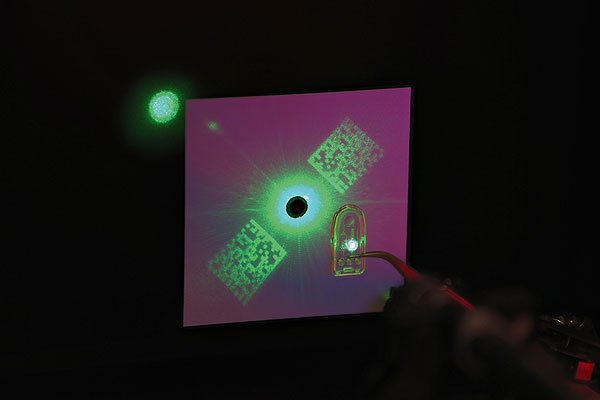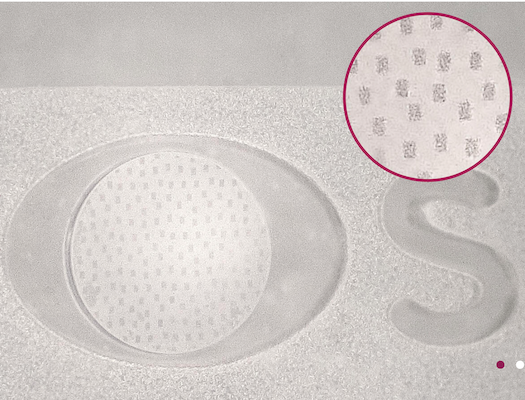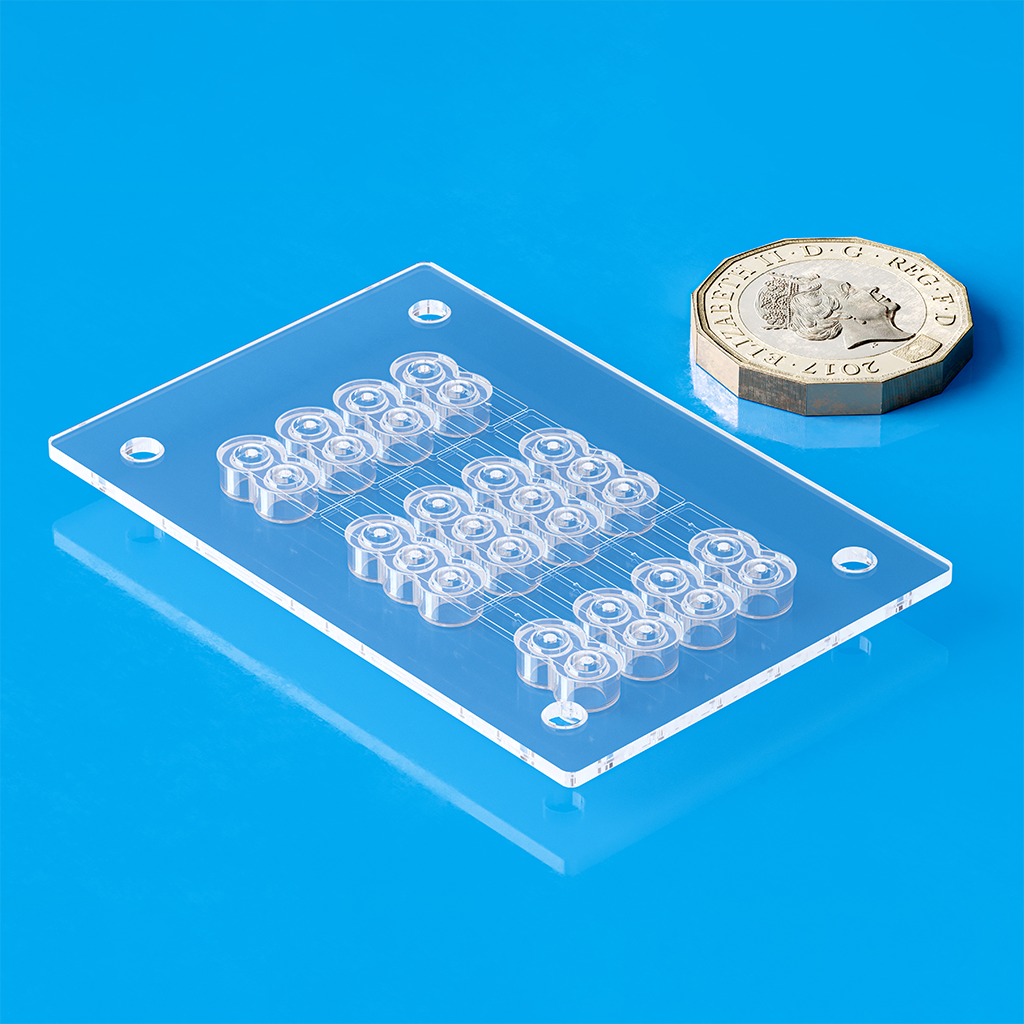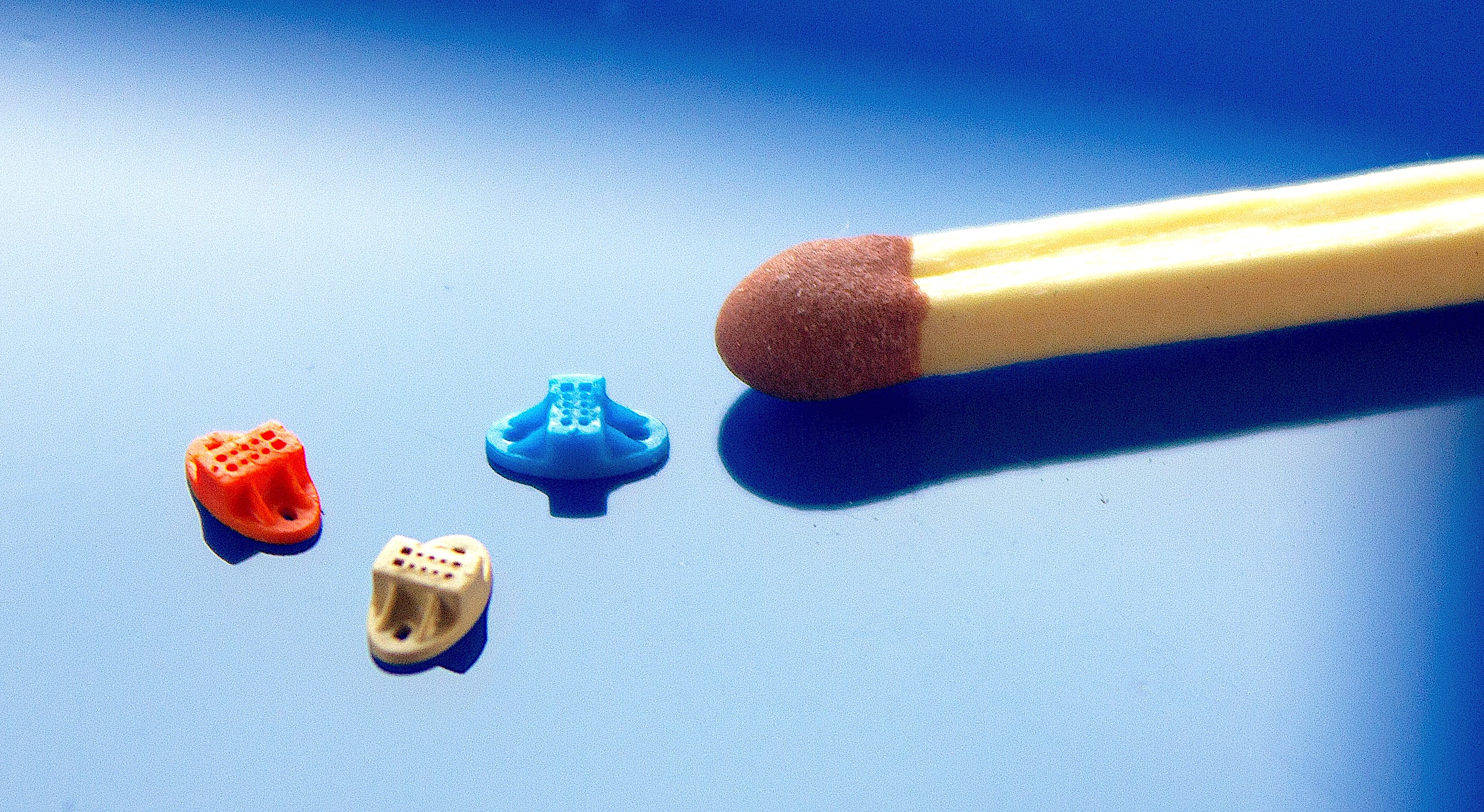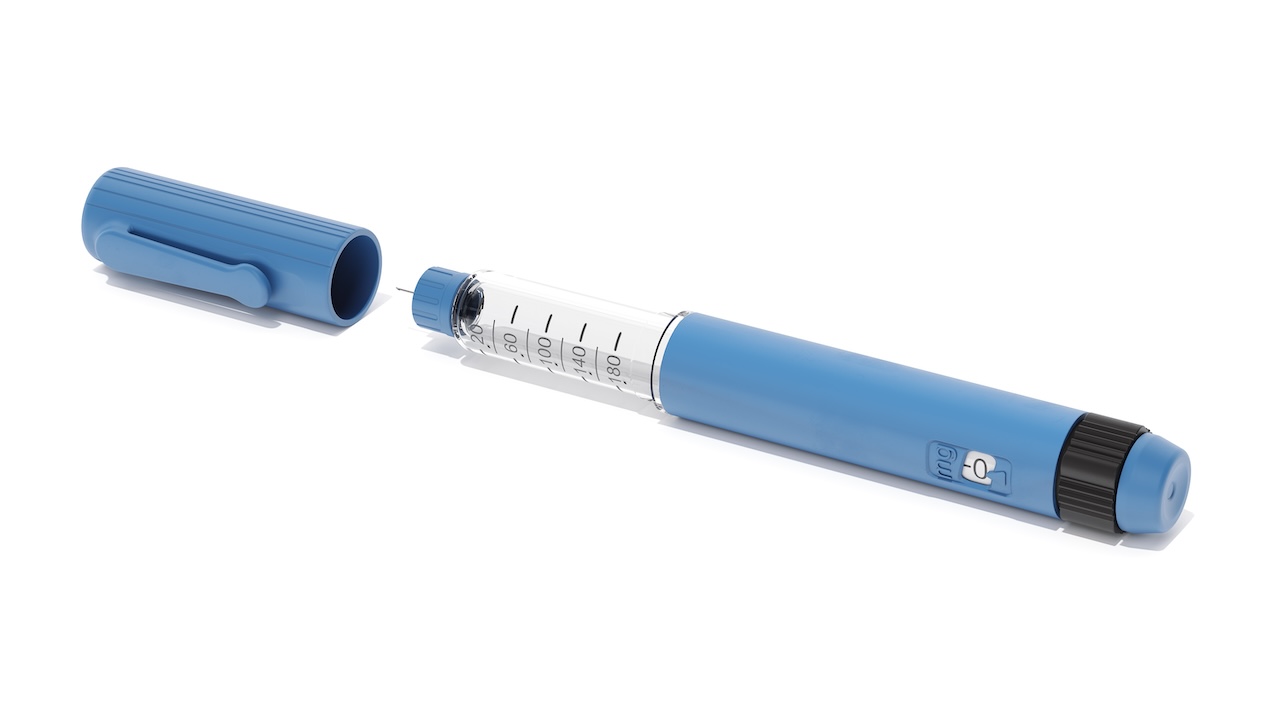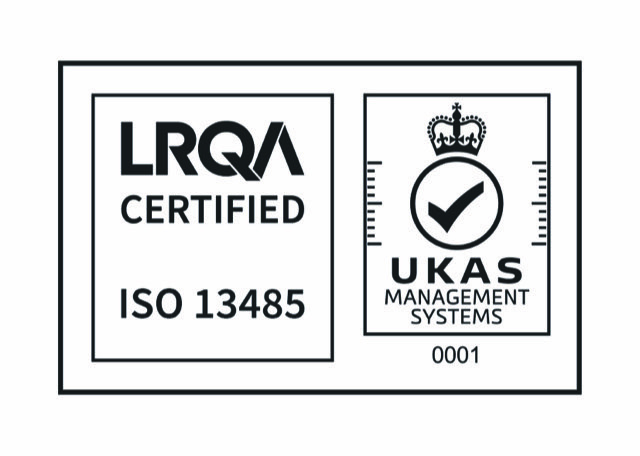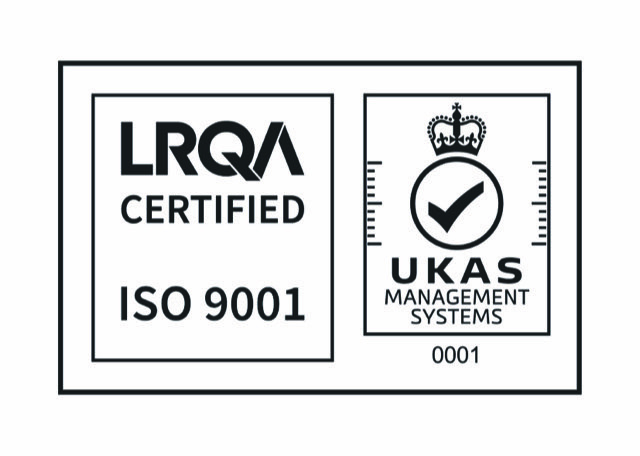Microfluidics and its applications
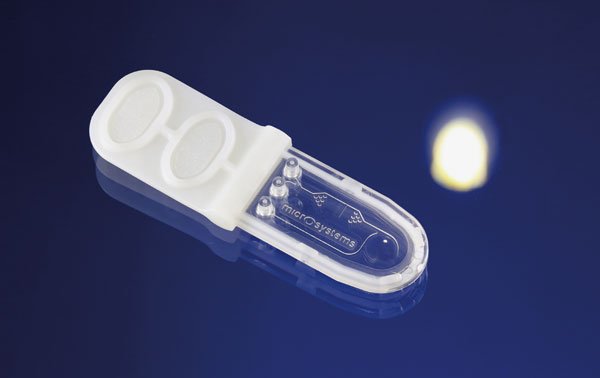
Lab-on-a-chip with 300 μm micro channels and chambers with static micro mixing features, and 3 LUER cones (Photo: Micro Systems)
What is Microfluidics?
Microfluidics could be defined as the science and engineering of systems in which the behaviour of fluid is different from conventional flow theory mainly due to the small length scale of the system (Nguyen et al., 2019). The precise control and manipulation of tiny amounts of fluid within devices of internal diameters ranging from around 1 to 1000 micrometres could be achieved with microfluidics.
Microfluidics is not a field of engineering, science, or the creative arts, but actually a compilation of cooperative efforts that interdisciplinary engineers and scientists have made possible. It combines the profound knowledge within the field of the physics of fluids, at the same time, the engineering and expertise of designing and manufacturing devices with extremely small features.
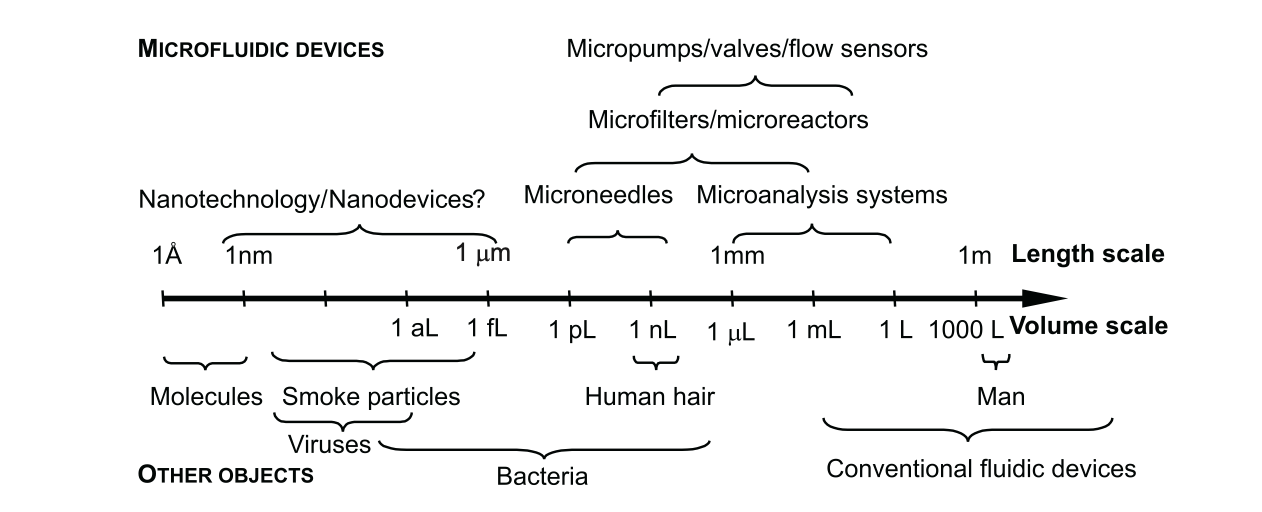
Automation and stage-of-the-art machinery are crucial in micro molding (Photo: Nguyen et al., 2019)
The history of Microfluidics
The development of advanced microfluidics is closely tied to a number of other fields, with significant contributions from microanalysis, biodefense, molecular biology and microelectronics.
As microfluidics allows for the operation with extremely small amounts of samples and reagents, and the integration of several functionalities into a compact, affordable device, scientists initially used microfluidics in microbiology as a tool for analytical analysis. Additionally, research for military applications prompted a lot of work on the development of microfluidics technology as a weapon of defence against prospective bacteriological threats, as is the case with many other scientific domains.
The principle of inkjet printer manufacturing in the 1950s employed a microfluidics-based process that uses very small tubes to transport the ink needed for printing. Then in the 1970s, on a silicon wafer, a miniature gas chromatograph was created. Approaching the end of the 1980’s, the first silicon micro-machined microvalves and micropumps were introduced, leading the way for the introduction of several silicon-based analytic systems later.
In the years of 2000’s, microfluidic diagnostic devices were successfully commercialized, with significant increase in the development of diagnostic products and microfluidics companies. Since then, there have been significant improvements in the development of new technology like 3D-Printing, 3D-Tissues, organ-on-a-chip, etc.
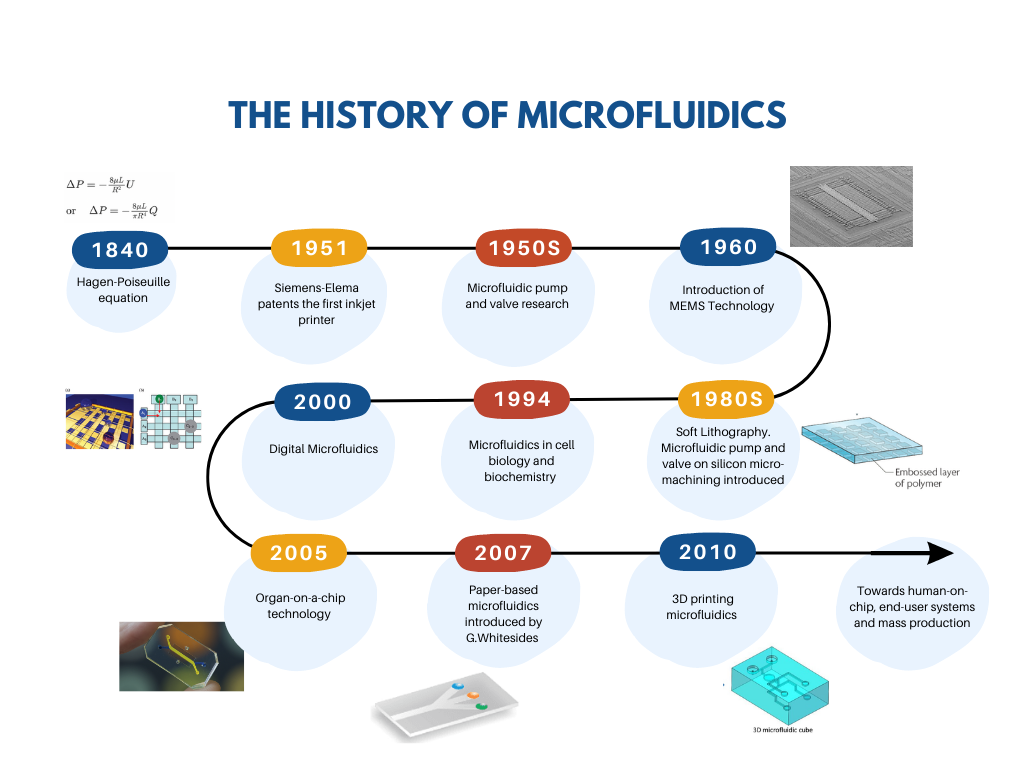
Applications of Microfluidics
One of the most significant developments in the medical device industry this decade has been the development of microfluidics, which has given rise to a number of applications that promise to further our understanding of the human body. With the creation of novel parts and procedures for the injection, mixing, pumping, and storage of fluids in the microchannels, the number of microfluidic systems applications in chemistry and biochemistry has grown over time.
Microfluidics is highly valuable in the field of biological and chemical analysis and diagnostics, for example, cancer and pathogen detection, thanks to its capabilities in using extreme small quantities of samples and reagents, lower experimental time, smaller devices, being more portable and high-resolution-and-sensitivity separation and detection.
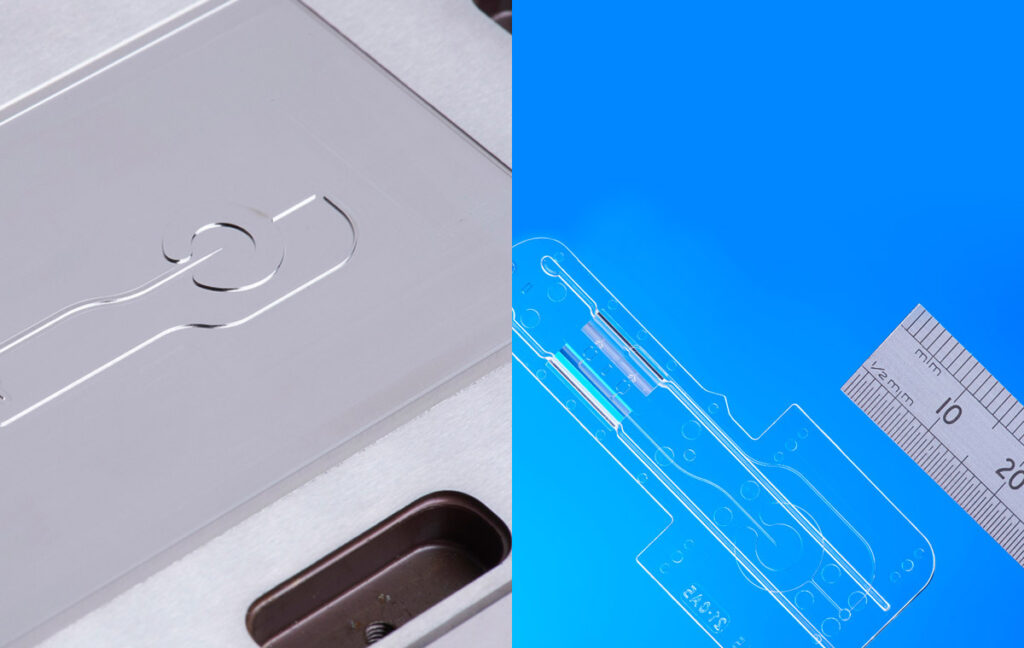
Micro Fluidic Machining – Fully hardened 50 Rc Injection Mold Insert and Microfluidic COC Injection Molding – Blood Analysis.
In practice, microfluidic devices are commonly used in techniques like capillary electrophoresis, isoelectric focusing, immunoassays, flow cytometry, sample injection in mass spectrometry, PCR amplification, DNA analysis, cell separation and manipulation, and cell patterning. Microfluidics devices are also used in measuring molecular diffusion coefficients, fluid viscosity, pH and chemical binding coefficients. In research, microfluidics systems are common in the fields of antibiotic drug-resistant bacteria, nanoparticle transport in blood and chemical reaction kinetics observation.
For example, microfluidics is applicable in drug delivery systems, as it can help reduce the intake path, pain and risk of side effects, at the same time, increase user-friendliness, safety, portability and cost-efficiency. Microneedles, widely applied for drug administration through skin, penetrate through the skin layer without affecting the nerve fibres. Microneedles could be hollow (a single or an array of needle), solid (puncture the skin to make pores), porous (pre-filed with a drug). In terms of materials, microneedles could be dissolvable (water-soluble polymers), degradable (take much longer to degrade after insertion) or swellable (absorb interstitial fluid in the skin, facilitate drug transport into the skin without polymer dissolution).
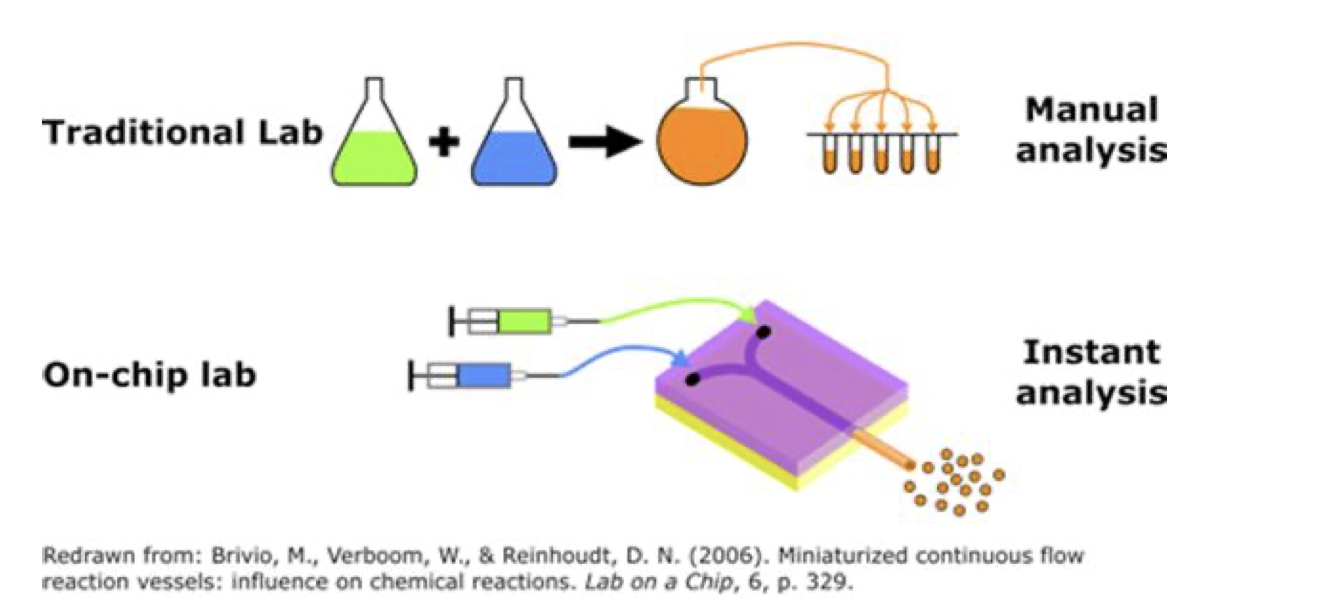
Lab-on-a-chip is gaining more popularity in recent years thanks to its advantages in low fluid volumes consumption, shorter response time, small footprints and portability. It is a miniaturized device that integrates into a single chip one or more analyses that are typically done in a lab, for analyses such as PCR and DNA sequencing, HIV status or biochemical detection. Organ-on-a-chip is a physiological organ biomimetic platform that reproduces the physiological environment of human organs, significantly helping scientists in researching human physiology for organs when testing for advancements in treatment or safety of new drugs.
Despite recent advancements in microfluidic technology, processing a variety of volumes and introducing samples still present various difficulties. Microfluidic methods have been improved thanks to recent advances in nanotechnology, revolutionsing very sensitive bioanalytical systems that can analyze challenging material.
The market for Microfluidics
According to the most recent study by Emergen Research, the size of the worldwide microfluidics market reached USD 20.14 billion in 2021 and is anticipated to experience a revenue CAGR of 16.1% during the projected period. By 2030, the microfluidics market size will reach USD 77.28 billion, with the driving factor being the higher demand from the healthcare industry. The microfluidics market is anticipated to have considerable global expansion during the forecast period as a result of the continued development of novel microfluidics technologies such 3-D printed microfluidics, paper-based microfluidics, and droplet-based microfluidics. Additionally, the incorporation of artificial intelligence (Al) and machine learning (ML) in microfluidic devices is expanding as a result of the potential of these technologies for real-time analysis and decision-making in a variety of applications.
In terms of category, due to its widespread adoption in biomedical and healthcare applications, the microfluidic chip category represented a sizably big sales share in 2021. Additionally, the introduction of cutting-edge technologies like 3D printing and nanofabrication is anticipated to open up new prospects for market expansion.
In terms of material, with the extensive use of polymer materials in microfluidic products thanks to their affordability and ease of availability, the polymer segment accounted for a significant sales share in 2021.
Geographically speaking, North America accounted for the highest share of the worldwide microfluidics market in 2016 and is anticipated to continue to hold the top spot during the projected period, thanks to the expanding demand for microfluidics-based goods from the pharmaceutical and healthcare industries. Additionally, due to the presence of several important players, the Asia Pacific region is anticipated to develop at the quickest rate throughout the projection period, with higher demand in the pharmaceutical and healthcare sectors.
The future of Microfluidics
In recent years, microfluidics has become a key technology for many new applications such as gene sequencing and point-of-care testing. The COVID-19 pandemic has proved microfluidics advantages in life-saving applications through rapid identification of coronavirus mutations, point-of-care testing, the use of flow cytometry for vaccine research, or organs-on-a-chip, helping scientists to understand vial entry, cell reactions, etc. In the near future, other microfluidic applications will emerge that will enable more detailed analysis of various molecules such as DNA, proteins, and bacteria, as well as analysis at the single-cell level. Continued advances in high-throughput screening and organ-on-a-chip technology will lead to faster and better drug development, hence reducing risks and selling price. Lab-on-a-Chip and other microfluidic device development will make new diagnostic products more affordable with shorter time to market, which is significantly beneficial for those in developing countries where healthcare systems are limited.
Micro Systems has the ability to add extra security verification by integrating a nano structure for the hologram of a QR code (a nanostructure of only 300 nm)
References:
Nguyen, N.-T., Wereley, S.T. and Mousavi, S.S.A. (2019) Fundamentals and applications of Microfluidics. Boston: Artech House.
Mu, X. and Zhang, Y.S. (1970) [PDF] Fabrication and applications of paper-based microfluidics: Semantic scholar. [PDF] Fabrication and Applications of Paper-Based Microfluidics | Semantic Scholar. Available at: https://www.semanticscholar.org/paper/Fabrication-and-Applications-of-Paper-Based-Mu-Zhang/276d3110228d7a8b18bba8c578d7557472c4674d (Accessed: 11 May 2023).
Digital Microfluidics (no date) Digital Microfluidics – an overview | ScienceDirect Topics. Available at: https://www.sciencedirect.com/topics/chemistry/digital-microfluidics (Accessed: 11 May 2023).
(No date) Developments of 3D printing microfluidics and … – Wiley Online Library. Available at: https://analyticalsciencejournals.onlinelibrary.wiley.com/doi/abs/10.1002/elan.201600043 (Accessed: 11 May 2023).
B. Weibel, W.R. DiLuzo and G.M. Whitesides, Microfabrication meets microbiology, Nature Rev. Microbiol. (2007), Vol. 5, No.3, pp. 208-218.
Brivio, M., Verboom, W., & Reinhoudt, D.N. (2006). Miniaturized continuous flow reaction vessels: influence on chemical reactions. Lab on a Chip, 6, p.329.
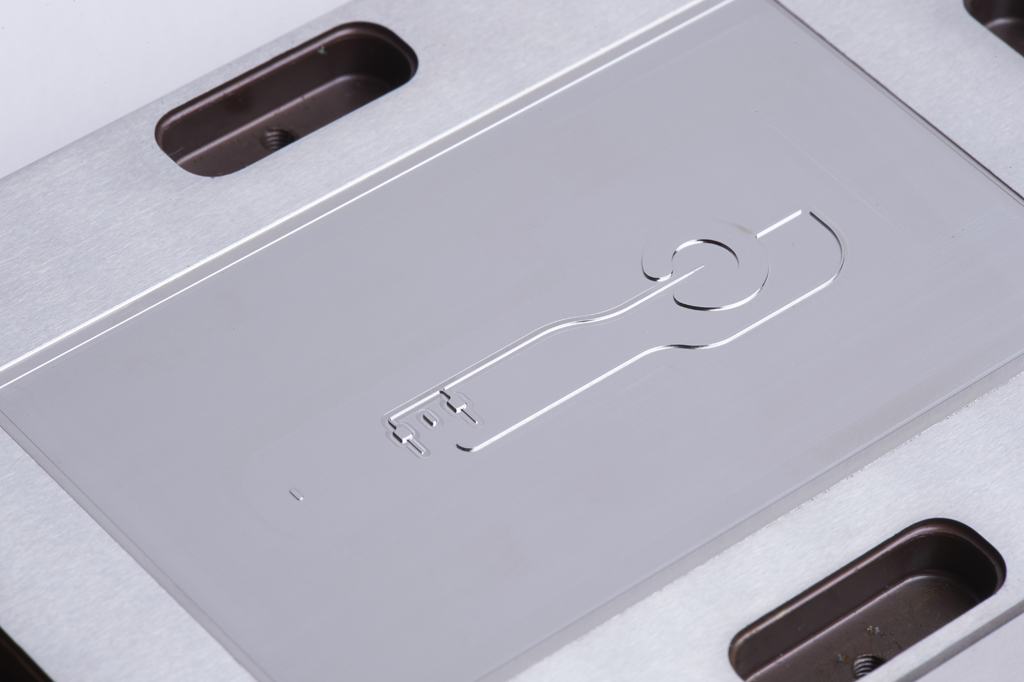
Micro Systems’s vast know-how in design, ultra-precision micro machining capabilities and expert knowledge in micro molding technology allow us to manufacture advanced microfluidic molds with tolerance as low as +/-0.001mm, with integrated optics. We have a dedicated micro molding facility, and have ISO13485 and ISO9001 certifications. For more information, please Contact us or visit our website.

